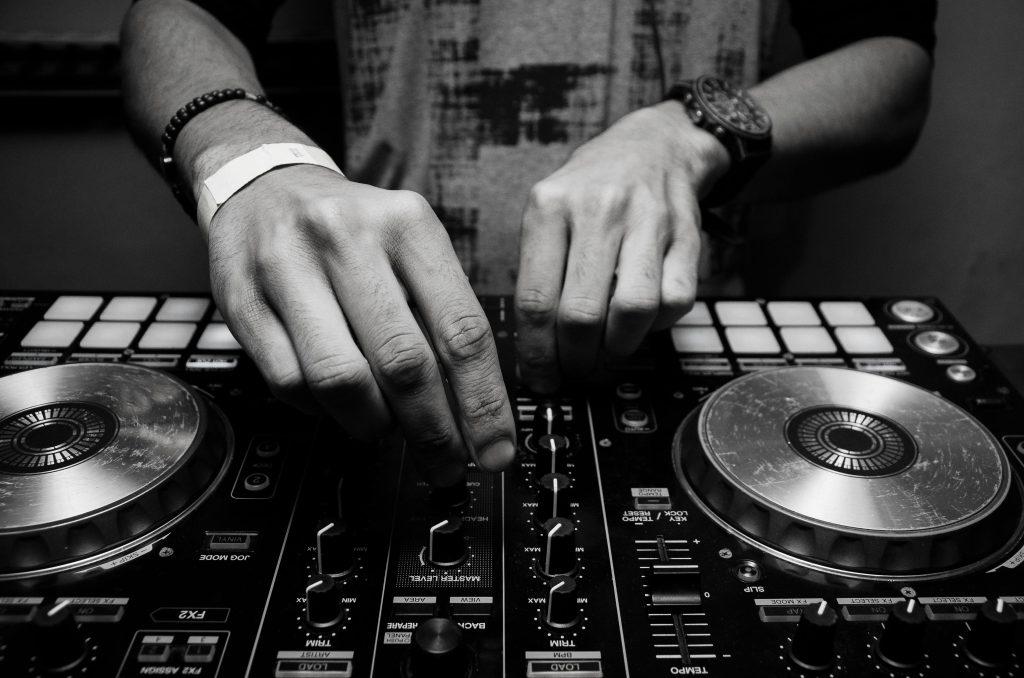Introduction
In today’s rapidly evolving music industry, the spotlight is shifting from traditional gatekeepers to independent artists. At the heart of this transformation is music pitching, a strategic process that allows musicians to gain visibility, connect with curators, and land prime playlist placements. As digital platforms dominate music consumption and discovery, the role of music pitching has grown from being a back-office task to a frontline necessity. For artists who aim to take control of their careers, mastering the art of music pitching is no longer optional—it’s essential.
What is Music Pitching?
Music pitching is the process of submitting a song or project to playlist curators, A&Rs, blogs, radio stations, sync agencies, or press outlets with the goal of getting exposure. Unlike the old-school model where artists relied solely on labels to do this work, modern artists can directly engage in music pitching using a variety of tools and platforms. Whether it’s Spotify for Artists, SubmitHub, Groover, or reaching out via email, music pitching enables musicians to strategically place their music in front of the right audience.
Why Music Pitching Matters More Than Ever
With over 100,000 new songs uploaded to streaming platforms daily, standing out is incredibly challenging. Music pitching acts as a filter, helping curators discover quality songs amid the flood of new releases. For independent musicians, music pitching is a way to compete with major label artists who have access to traditional marketing resources. It creates a level playing field by allowing talent and strategy to shine over budget and backing.
More than just a promotional tool, music pitching is now a vital component of release strategy. A well-timed and well-executed music pitching campaign can determine whether a song goes viral or gets buried. That’s why artists and managers are investing more time and energy into learning how to pitch music effectively.
The Mechanics of Effective Music Pitching
Successful music pitching starts with knowing your audience. Curators and editors don’t just want a song—they want a story, a vibe, and a reason to care. Crafting a compelling pitch that includes details about the track’s mood, genre, inspiration, and early traction can make all the difference. Whether you’re submitting through Spotify’s official pitch tool or sending a personalized message to a curator, your music pitching strategy should be tailored, respectful, and informative.
Timing is also key. Platforms like Spotify recommend submitting your song at least seven days before its release to maximize editorial consideration. Pre-release music pitching allows your track to be considered for Release Radar and other algorithm-driven playlists. On the other hand, post-release music pitching can help extend a track’s life cycle by reaching new curators and listener bases.
Tools and Platforms for Music Pitching
There are countless tools available today that empower artists to take control of their own music pitching efforts. Platforms like:
- Spotify for Artists: Enables official music pitching directly to Spotify editors.
- SubmitHub: Connects artists with playlist curators, blogs, and YouTube influencers.
- Groover: Offers guaranteed feedback from music professionals for each pitch.
- Daily Playlists, Musosoup, and Playlist Push: These specialize in user-generated and influencer playlists.
Each platform has its pros and cons, but they all center around one thing: giving artists a shot through music pitching. It’s important to research which services are authentic and align with your music style before investing time or money.
Music Pitching as a Long-Term Strategy
Many artists make the mistake of thinking music pitching is a one-time event that occurs around release day. In reality, it should be part of a long-term strategy. Continuous music pitching can help a track gain momentum over time, leading to compounding exposure. When a song is featured on one playlist, it increases its chances of being picked up by others. This snowball effect is one of the most powerful aspects of consistent music pitching.
Moreover, consistent music pitching builds relationships. Curators start to recognize your name, your sound, and your professionalism. Over time, this familiarity can lead to better placements, exclusive opportunities, and even collaboration offers. Music pitching is not just about one song—it’s about building a reputation in the music community.
Common Mistakes to Avoid in Music Pitching
Despite its growing importance, many artists still approach music pitching the wrong way. Here are some common pitfalls:
- Generic messaging: Copy-pasted messages get ignored. Tailor every pitch.
- Pitching unfinished or poorly mixed songs: First impressions matter.
- Ignoring curator preferences: Some only accept specific genres or formats.
- Not tracking results: Always follow up and analyze what worked.
Avoiding these mistakes can significantly improve your music pitching success rate and help you build lasting relationships with music tastemakers.
The Future of Music Pitching
As AI, data analytics, and personalization continue to transform the music landscape, music pitching will also evolve. Algorithms already play a big role in determining what music gets recommended. However, human curation is still valuable, especially when it comes to introducing audiences to emerging talent. The future of music pitching will likely be a blend of smart data and authentic connection, with artists expected to understand both.
As the industry shifts more toward an artist-first mindset, the power of direct-to-curator music pitching will only grow. Platforms will become more accessible, and artists will continue to find creative ways to get their music heard.
Conclusion
In an industry where artists are taking control of their narratives, music pitching has become a crucial tool for building visibility and career momentum. It empowers musicians to bypass traditional gatekeepers, connect directly with curators, and strategically grow their audience on their own terms. From playlist placements to press coverage, every opportunity begins with a strong pitch. When done correctly and consistently, music pitching not only amplifies a single song—it builds a sustainable music career rooted in independence, creativity, and resilience.


